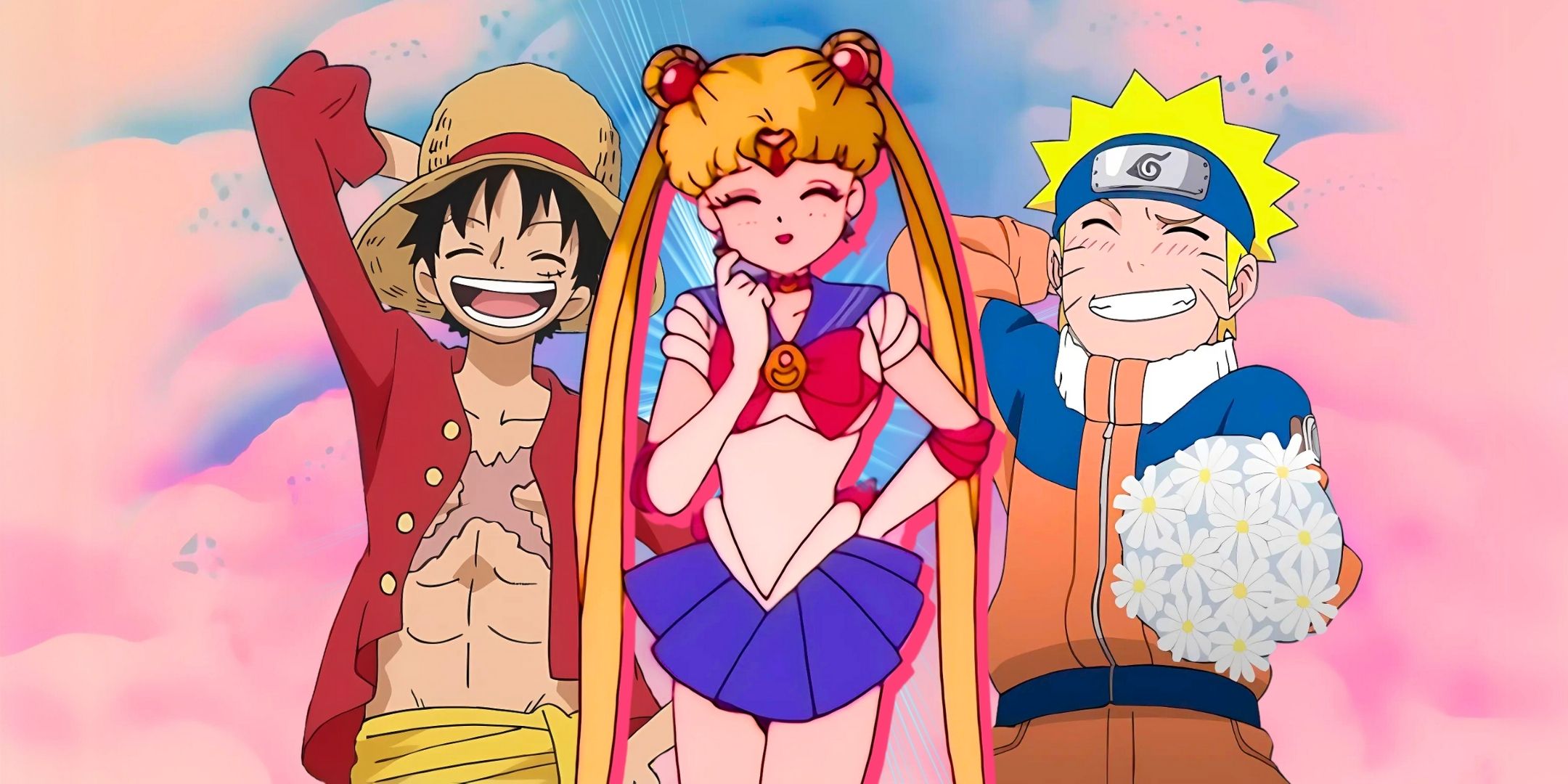
Many people associate Sailor Moon with sparkly transformation scenes, cute animal companions, and large-scale fights against stylish villains. While the series offers touching stories and romantic elements, current anime viewers generally prefer action-packed shōnen series – and one major flaw in Sailor Moon highlights exactly why.
Although Sailor Moon is full of exciting adventures, a major weakness of the show is its inconsistent power levels. For viewers used to anime like Naruto, Jujutsu Kaisen, or My Hero Academia, it can be hard to feel invested in Sailor Moon‘s victories and defeats because her progress isn’t clearly defined. This doesn’t necessarily take away from Sailor Moon‘s overall importance, but it does explain why the story sometimes feels less focused, especially when compared to modern action anime with detailed worlds and carefully planned power systems.
Sailor Moon’s Universe is Gorgeous But Lacks Clear Rules
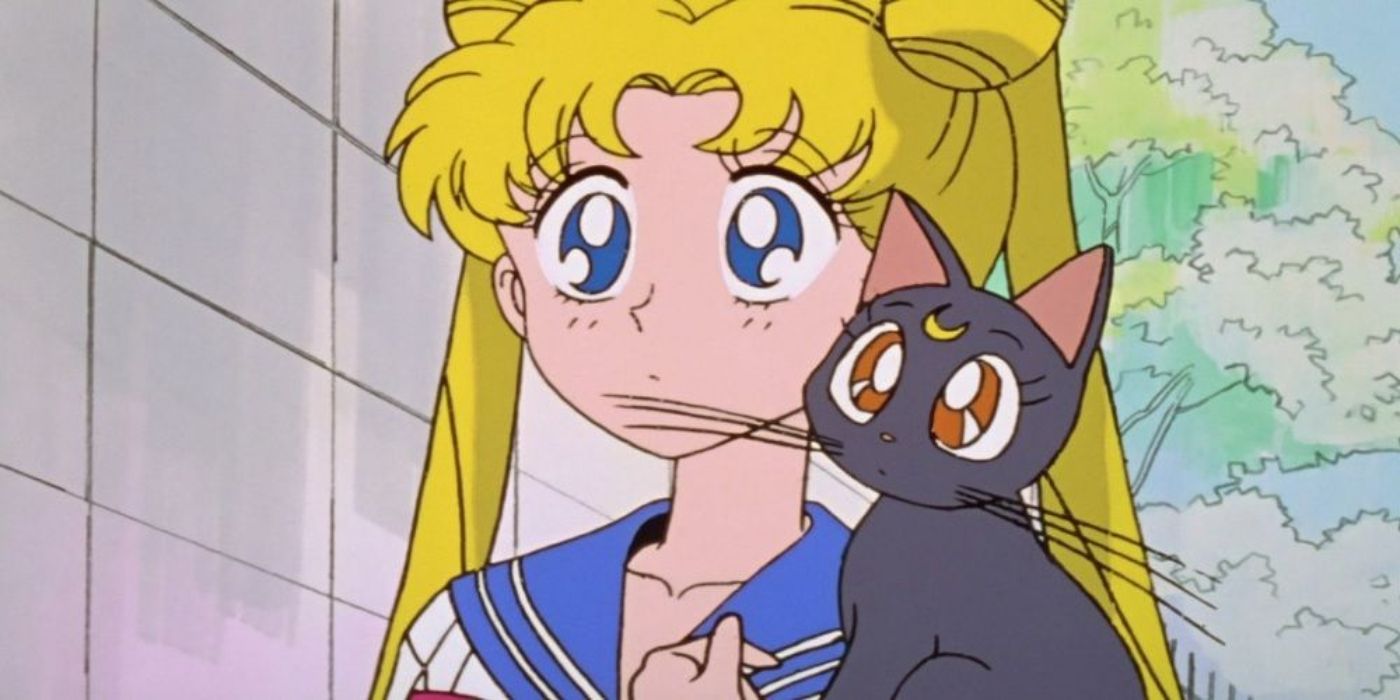
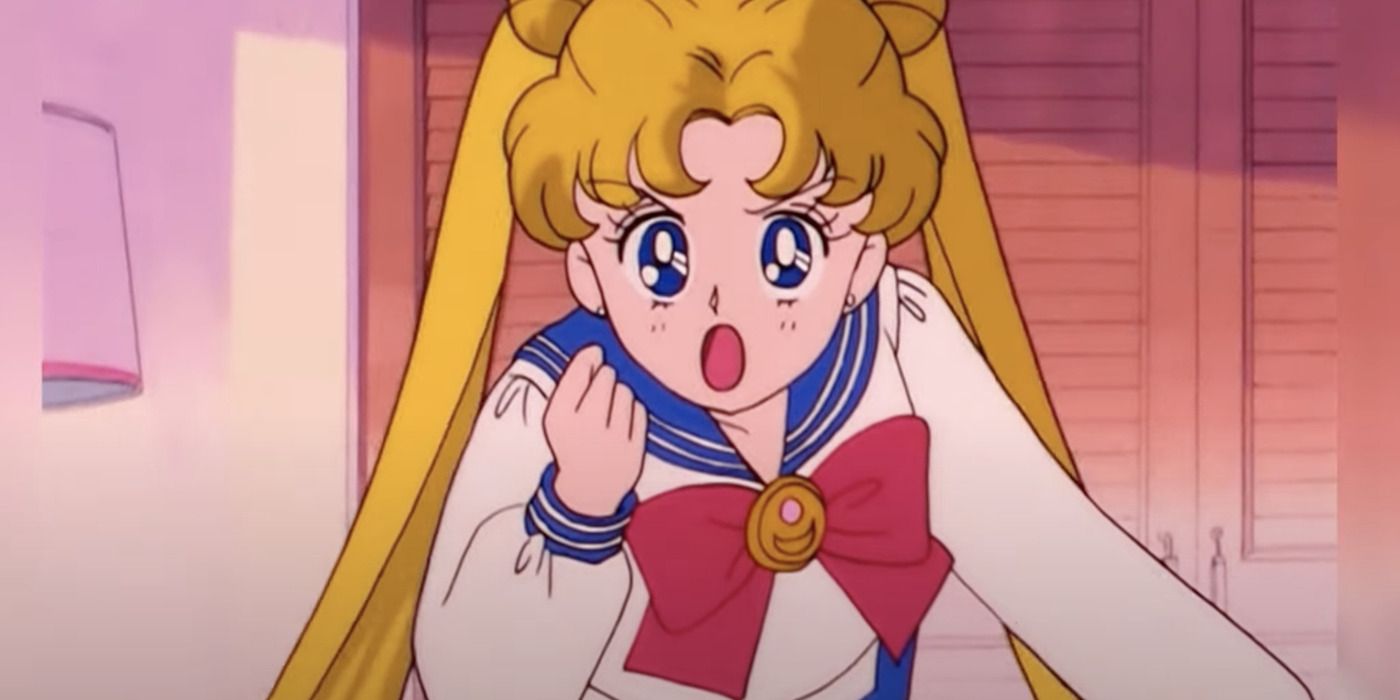
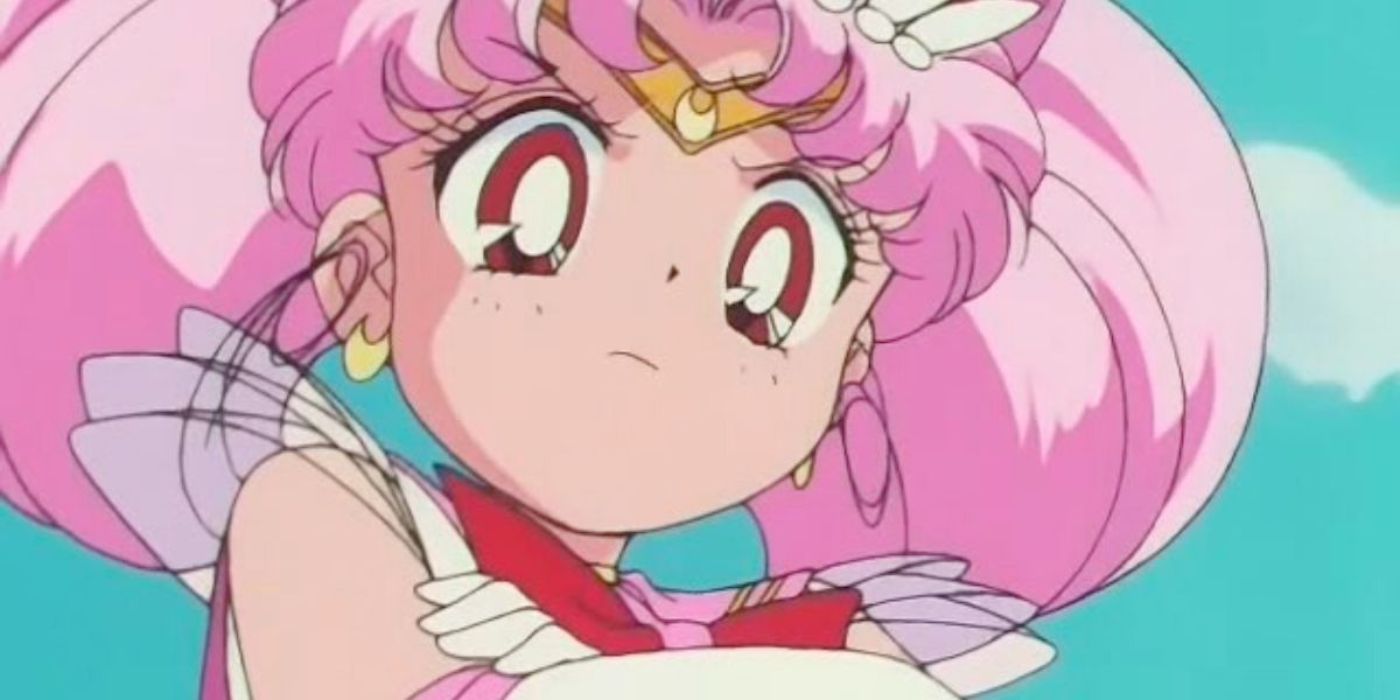
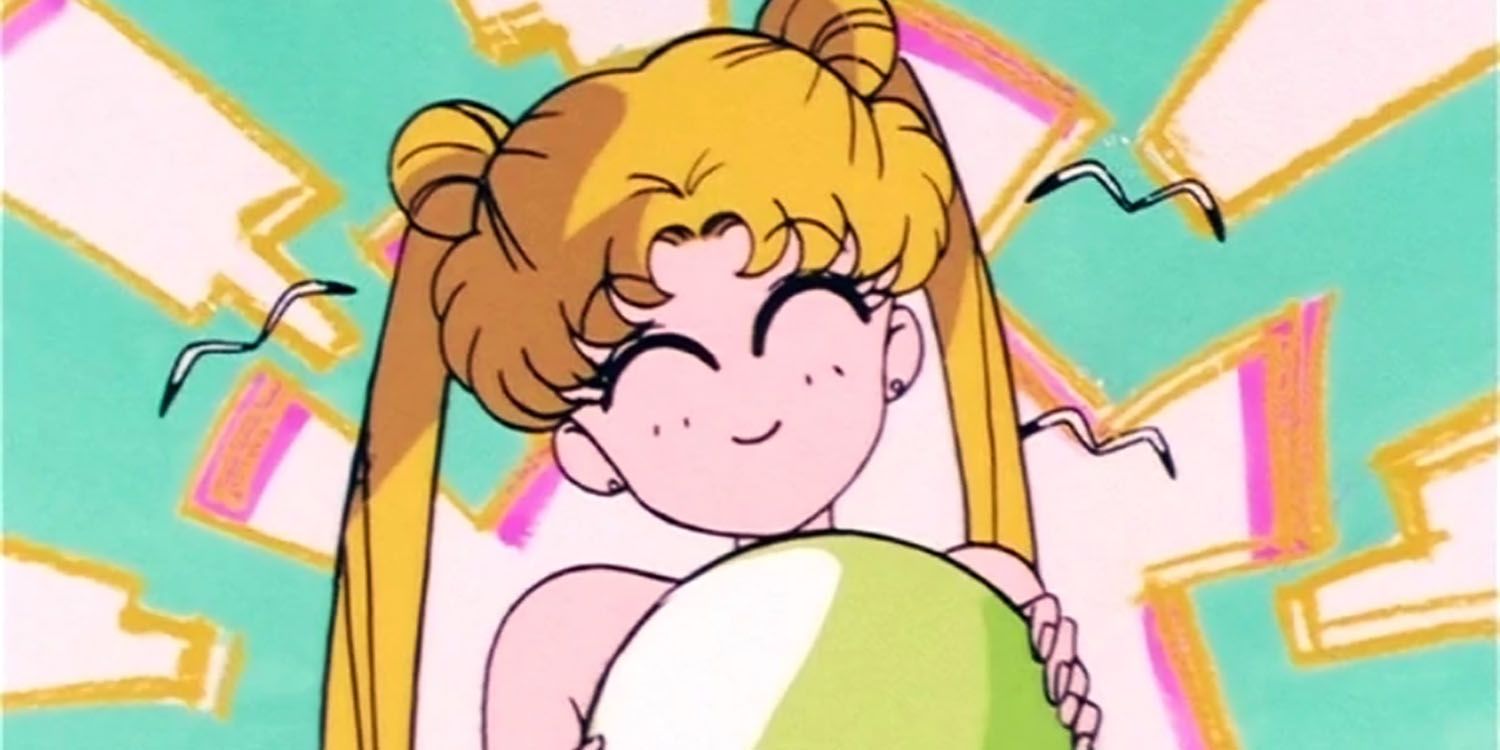
While Sailor Moon is known for its beautiful animation, the story’s world is actually quite complex. It features a rich history with the Moon Kingdom, characters who are reborn across lifetimes, and powerful protectors dedicated to safeguarding Earth. However, the rules governing magic aren’t always consistent, and it’s often unclear how characters like Usagi and her friends improve their abilities through training.
The series rushes Sailor Moon’s introduction and doesn’t take the time to clearly explain her powers. She frequently uses new attacks seemingly at random, often just following the advice of her cat, Luna. This can be confusing for viewers, who aren’t always sure what her abilities actually do, beyond using the moon’s power to fight. As a result, Sailor Moon’s magical abilities feel like they increase only when the plot requires it, rather than through genuine development or practice.
I’ve noticed that when I compare Sailor Moon to other popular action anime like Hunter x Hunter or Naruto, the plot feels a bit less impactful. Those shows really build their worlds with detailed magic systems – think about Chakra in Naruto – that clearly explain how powers work and how characters can improve. When a new challenge arises, like a tough villain or a training arc, there’s a logical way for the characters to grow and overcome it. Sailor Moon leans much more heavily on emotional storytelling, which is good for dramatic moments, but it doesn’t always create the same sense of sustained tension and progression you see in those other series.
Even Sailor Moon’s Power-Ups Lack Proper Build-Up
The world of Sailor Moon includes incredibly powerful objects and transformations, like the Holy Grail and Sailor Moon’s Eternal form. However, similar to the show’s magic system, these power-ups often appear without much explanation or consistent rules. Their limits aren’t clearly defined, and they’re frequently introduced with little build-up.
Throughout the series, the Silver Crystal often seems to break the established rules of the world, with characters using it in illogical ways. While it’s clear these magical objects are incredibly powerful – which is why the villains want them – this power actually weakens the story’s tension. It’s often unclear how Usagi wins battles: is it through her own courage, or simply because the Crystal’s power overcomes any obstacle? This makes it hard to feel the stakes of the fight.
Most action-focused anime for young boys don’t center their stories around characters understanding each other’s feelings. Instead, shows like Dragon Ball Z and Demon Slayer usually have characters gain new abilities or find powerful items when things get difficult, but only after a lot of effort. For example, Goku and Tanjiro have to train and fight intensely to get stronger, while Sailor Moon receives a significant power boost from the Silver Crystal with less emphasis on personal growth through struggle.
Watching Sailor Moon, I always appreciated how unpredictable things were – you never knew exactly when the Silver Crystal would appear to solve a problem, which kept the tone generally light and emotional. But honestly, that spontaneity also meant battles didn’t feel very strategically rewarding. These days, anime fans expect action to make sense and feel like it was earned through clever planning, and Sailor Moon just doesn’t quite deliver that kind of experience.
The Sailor Guardians Don’t Grow with Each Battle
Throughout the 200 episodes of Sailor Moon, it’s clear that Usagi is the main character. The other Sailor Guardians each have a distinct personality and role, and many iconic moments, but their development of skills isn’t very well defined. Usagi consistently gets stronger, while her teammates often feel sidelined and less important in comparison.
Sailor Mercury and Mars, two of Sailor Moon’s most important teammates, don’t get the same opportunities to grow stronger in battle as Usagi does. It’s a shame, especially since Sailor Moon often needs their help in difficult fights. The series’ weak magic system prevents these supporting characters from reaching their full potential as warriors – something you see all the time in action-packed stories where side characters develop alongside the main hero.
Many popular anime series, like Naruto and My Hero Academia, do a good job of developing not just the main characters, but also the supporting ones, allowing them to grow and improve their abilities. However, in Sailor Moon, while the Guardians are fiercely loyal and always save Usagi, they don’t receive the same level of in-depth character development. Even when they play a crucial role in her growth, their own personal journeys often stall, which is unfortunate because they’re often compelling characters—and sometimes even more interesting than Usagi herself.
It’s easy to see why shōnen anime is so popular today – it often focuses on relatable themes of growth and overcoming challenges. While viewers expect the main character to improve, a key part of shōnen’s appeal is seeing the supporting characters develop and become stronger alongside them.
Sailor Moon Doesn’t Try to Appeal to All Anime Fans



While today’s anime fans often prefer action-packed shows like One Piece or Dragon Ball Z, Sailor Moon‘s popularity might seem to be decreasing. However, Sailor Moon was never meant to be the same kind of adventure. The show focuses on deeper themes like feelings, kindness, and fate. Even if modern viewers want more fast-paced action, Sailor Moon continues to tell its story of Usagi saving the world through these important ideas.
Some viewers might find Sailor Moon a little underwhelming if they’re looking for a consistent set of rules or a clear explanation of how powers work. However, that’s actually what makes the story so special. In Sailor Moon, love isn’t just a theme—it’s the ultimate power that defeats villains and saves the world.
Watching Sailor Moon, I’ve always noticed how much the story relies on the power of love and believing in yourself – it’s almost like those things are superpowers. It feels a little old-fashioned when you compare it to shows like Jujutsu Kaisen with its Cursed Energy, or Demon Slayer‘s Breathing Styles, which have more clearly defined rules. But even so, those emotional moments really drive the story forward, and they’re what Sailor Moon‘s journey is all about. What might seem like a weakness in the main character actually ends up being her biggest strength.
The magic in Sailor Moon isn’t clearly explained, which can be both charming and annoying, particularly when you compare it to the well-structured power systems often found in action-packed anime. While Sailor Moon might not fully satisfy viewers who prefer logical battles, its focus on emotions over strict rules is what makes it unique. Even today, decades later, no other anime has quite captured the same magic as Sailor Moon’s enduring story.
Read More
- Clash Royale Best Boss Bandit Champion decks
- Hazbin Hotel Season 2 Episode 5 & 6 Release Date, Time, Where to Watch
- PUBG Mobile or BGMI A16 Royale Pass Leaks: Upcoming skins and rewards
- You can’t watch Predator: Badlands on Disney+ yet – but here’s when to expect it
- Mobile Legends November 2025 Leaks: Upcoming new heroes, skins, events and more
- Zack Snyder’s ‘Sucker Punch’ Finds a New Streaming Home
- Deneme Bonusu Veren Siteler – En Gvenilir Bahis Siteleri 2025.4338
- Clash Royale Furnace Evolution best decks guide
- Clash Royale November 2025: Events, Challenges, Tournaments, and Rewards
- JoJo’s Bizarre Adventure: Ora Ora Overdrive unites iconic characters in a sim RPG, launching on mobile this fall
2025-11-14 07:11